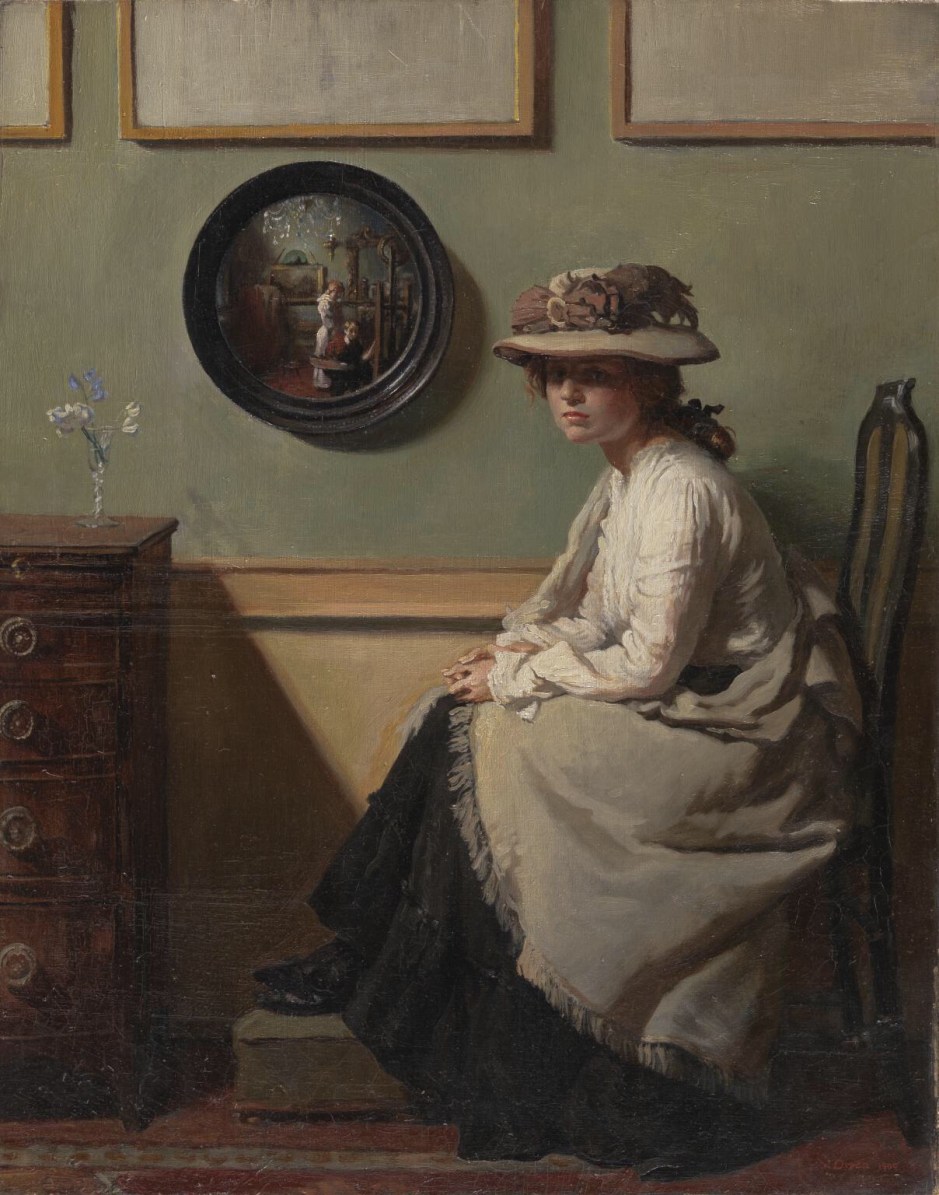
Whilst it is the major, blockbuster exhibitions like the current Charles I, King and Collector at the Royal Academy which receive most of the public’s attention, there remains an important role for smaller, focused exhibitions like Reflections, now showing at the National Gallery.
Reflections focuses on the influence of one painting, the Arnolfini Portrait by Jan Van Eyck. Painted in 1434, the picture was acquired by the National Gallery in 1842. It was the first example in the gallery’s collection of early C15 low country painting. And as such it represented a marked contrast from the Southern European Renaissance and Mannerist painting which dominated the collection and were typically seen as the high point of the art of painting.
The Arnolfini Portrait is a very sophisticated painting, highly naturalistic in execution, And with a quality of the detailing, such as the two figures greeting the pair who can only be seen in the mirror, which requires close study to fully appreciate. And there is a lot about the picture which is still a matter of speculation. Is it a marriage portrait? (Probably) Who is the woman, and is she pregnant? (Probably not). Who are the figures in the mirror, and is one of them van Eyck himself? (Again, probably). But regardless of these ambiguities it has been one of the most popular pictures in the collection ever since it was acquired.
Dante Gabriel Rossetti, William Holman Hunt and John Everett Millais were students together at the Royal Academy Schools. Disillusioned with what they saw as the mannered, repetitive and therefore unoriginal nature of the High Renaissance art they were being urged to aspire to, they determined to set off in a different direction. They found inspiration in the art of the early C15, before the time of Raphael, and established a movement, the Pre-Raphaelite Brotherhood, that took as its inspiration not just the art of the Middles Ages but the medieval notion of a closed religious or craft community. The recently arrived Arnolfini Portrait was emblematic of the art they revered and became a continuing source of inspiration for both the Pre-Raphaelites and those who followed.
This exhibition of some 40 paintings illustrates that inspiration and influence from the 1850s through to the early part of the C20. It is an interesting and informative exhibition and well worth a visit.


